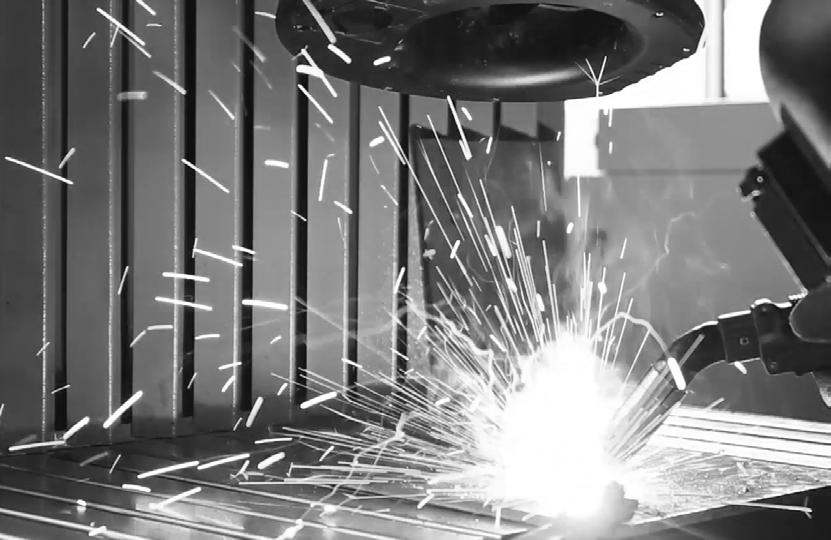
1 minute read
Mitigation of Risk
When it comes to welding fume, all efforts should be made to mitigate the risks where possible.
Examples include:
Advertisement
• Removing surface coatings on materials.
• Changing to less hazardous materials (both consumables and base materials).
• Using a welding technique that produces less fume (different application or working with lower amps)
• Where possible, workers should position themselves to ensure they keep their heads away from the plume and also ensure any ventilation airflow moves the welding fume away from the breathing zone, not through it.
While the highest levels of controls (elimination and substitution) within the ‘hierarchy of control’ give the highest level of protection and reliability in many industries, they are often not practicable or possible when it comes to the welding industry. Substituting materials can result in quality issues and using lower amps is often not an option.
Even when you can mitigate risk, if there is welding to be done, welding fume will be present. Welding fume is inherent in the process of welding. As a result, we see that in the welding industry, the higher levels of control can often only mitigate the risks associated with welding fume, making the lower levels of control essential.






